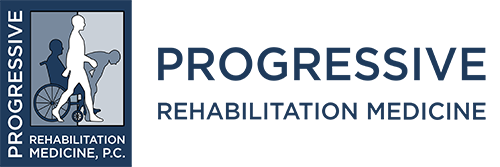
07 Mar The Future of Regenerative Medicine: An Interview with Dr Kim
Dr Kim’s career in regenerative medicine is a long and decorated one, with many professional achievements. He was first introduced to the power of regenerative medicine with a personal story, when his sister was put into remission through the use of stem cells for her cancer. “That really intrigued at a very young point in my career. I was an undergrad at Cornell University. It intrigued me, because here we’re using live cells to help combat an incurable disease. That always stuck with me. The whole idea of using regenerative medicine just made perfect sense.” Later, he himself underwent stem cell therapy to treat herniated discs in his neck, leading to significant improvements.
Dr Kim’s career has been a culmination of professional personal experiences that have led him to his current success and drive to help patients. He remains committed to furthering the science of regenerative medicine with other like-minded doctors and scientists around the world. “We’re bringing together the experience of those who are already in practice and learning from one another and advancing the clinical art of regenerative medicine.” Dr Kim shakes his head at the lack of clinical advancement in regenerative medicine. “You won’t believe how many very powerful and useful human stem cells are being donated to mice. There are too many mice studies right now, and they all show positive results, but it’s in mice. There is a growing body of literature on research showing it helps humans too.”
Despite the advancements and achievements in regenerative medicine, Dr Kim still sees hurdles to overcome based on his professional experience and evaluation of the field. “The main challenge really is going to be educating the public, the regulators to understand that this stuff is perfectly safe, and to make it more available. The United States has really fallen behind. Our government knows this. Places like Germany, the Philippines, Panama, even Pakistan, are engaged in the advancement and the development of what we call stem cells hospitals.”
What’s next for regenerative medicine? Dr Kim is excited about the potential offered. “In the field of orthopedics, I think the future is going to lie in the hybrid approach. Instead of just injecting, you do an arthroscopic surgery and you create a putty of stem cells with bone marrow or other growth factors and you patch up the holes that way.” What about beyond orthopaedics? He replies, “Stem cell therapy is going to have its greatest impact is in the systemic diseases like autoimmune diseases, multiple sclerosis, lupus, anything autoimmune. The research using cells in MS, the results are much more profoundly positive than in using pharmaceutical drugs right now.
“We just have to get more people involved and dispel the myths, and navigate around the bureaucracy. The future is bright. The genie is out of the bottle. The train has left the station, and it’s going to be, I think, a very, very exciting future, and I can’t wait to see what the future holds in terms of the next new technology in deploying stem cells or hybrid procedures to make them more effective.”


No Comments